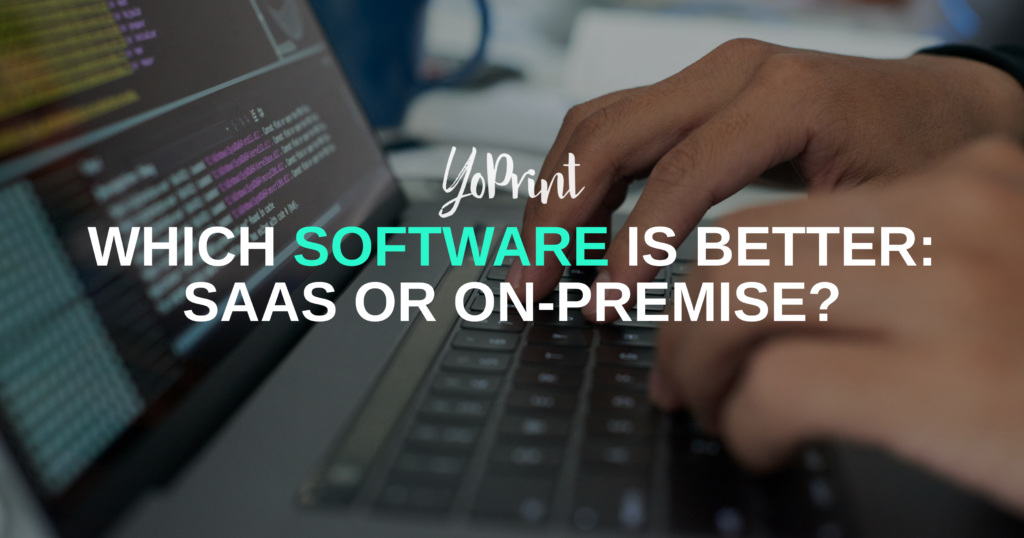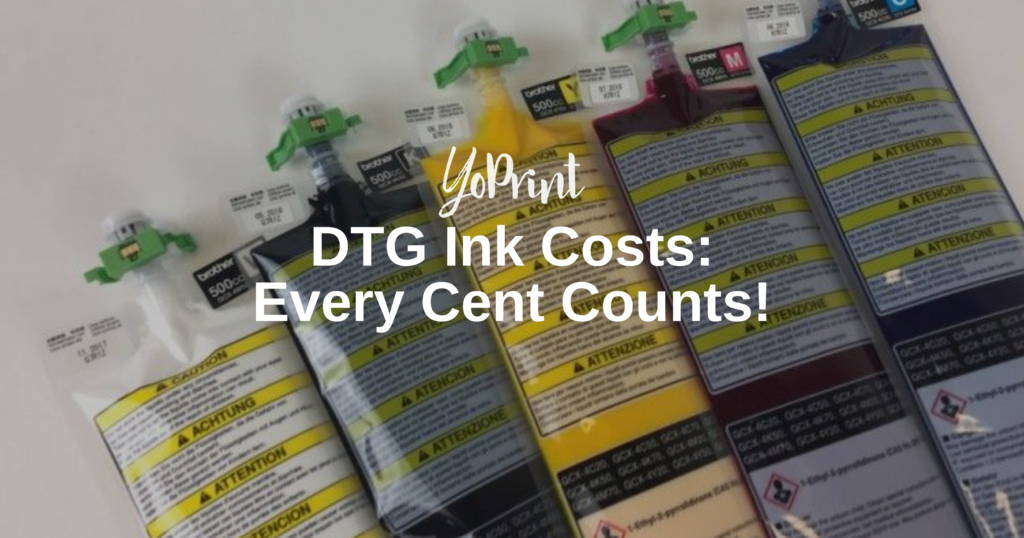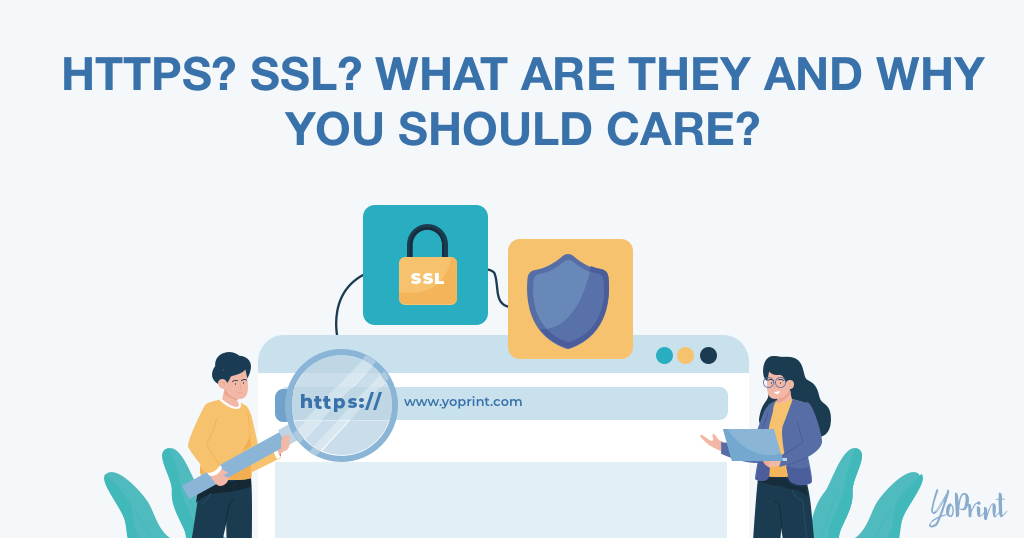Using technology like software to grow your print shop can keep you ahead of the curve. When browsing through the lists of available software, you may come across terms like SaaS (software as a service) and On-Premise. Both are types of software and both can boost your business, it just depends on which one suits your business model.
Before deciding, here are 4 factors that you need to consider:
1. Budget and Cost

This is usually the deciding factor when choosing between SaaS and on-premise software so we will get to this first. SaaS is on a subscription basis, either by month or year, and they sometimes offer a free-trial so that you can experience using the software yourself. On-Premise would be a one-time licensing fee, where you pay a huge amount of money in one shot.
On-premise software also usually needs the right infrastructure to support the software, which means you will have to spend more on upfront cost. You may have to upgrade it on a 5 year basis and the cost incurred can be quite expensive. The only infrastructure SaaS needs is a good internet connection. This leads us to our second factor.
2. Support & Maintenance

Speaking on the topic of infrastructure, whenever your On-Premise software gets updated, there will be a time where your hardware will also need to be upgraded to keep up with the latest version. Otherwise, it will affect your performance and cost you time and money.
It is just like owning a smartphone: you can install as many updates as you like until your phone cannot support the latest software update to be competitive. Then you would have to buy a new phone to replace the outdated one or your phone’s performance will be affected.
Usually, businesses using on-premise software have an in-house IT team to keep an eye on technical issues and resolve them while making sure the software is running optimally.
For SaaS, your software will constantly be updated to the latest version since it is cloud computing. With an internet connection, it can access the large data centre that is constantly monitored by the hosting organization. This makes SaaS performance almost always optimal with fewer problems.
3. Accessibility

Since SaaS is cloud computing, you can access your work whenever and wherever you are, as long as there is an internet connection. This is a great perk for mobile workers to stay connected with their work and be productive.
With On-Premise software, you can have access outside of your working premise with the help of some tools. Remote working is more challenging, especially when you have to pass through VPN issues and firewalls while getting an IT consultant to help you. Otherwise, you can only access it within your premises.
4. Security

While the downside of On-Premise software is its lack of accessibility outside of your business premise, this means that your business is solely responsible for your software’s security, giving you more control over your data. This security perk is what most conglomerates use to protect their data.
For SaaS, the hosting organization will handle the security and software updates for you. So when choosing the right SaaS software, be sure to check the reputation of the hosting provider before you purchase.
OK, but which one is better for me: SaaS or On-Premise?
If you just started your printing business with 5 employees, you would focus your resources on expanding your business, so you would need flexible and scalable systems. With SaaS, you do not have to worry about managing the IT aspect in updating your software and your only infrastructure is to have a good internet connection. It also gives you the flexibility to access your work whenever and wherever.
If your print shop is growing, and your workforce expands, you probably can afford to hire a small IT team to take care of the technical issues. Your focus is still more on expanding your print business so both SaaS and OP could be your option. You could even go for a blended option, with SaaS for customer relations management and On-Premise for enterprise resource planning.
On-Premise software is more suited for conglomerates, where data control and security are your top priorities. Big companies have the budget and infrastructure to maintain and regulate an On-Premise software.


